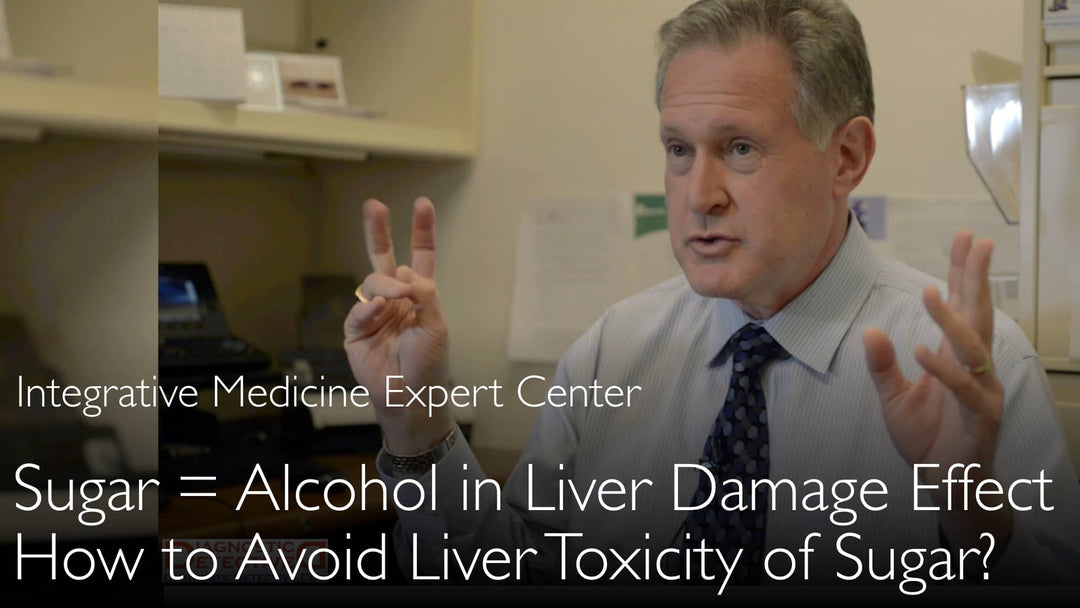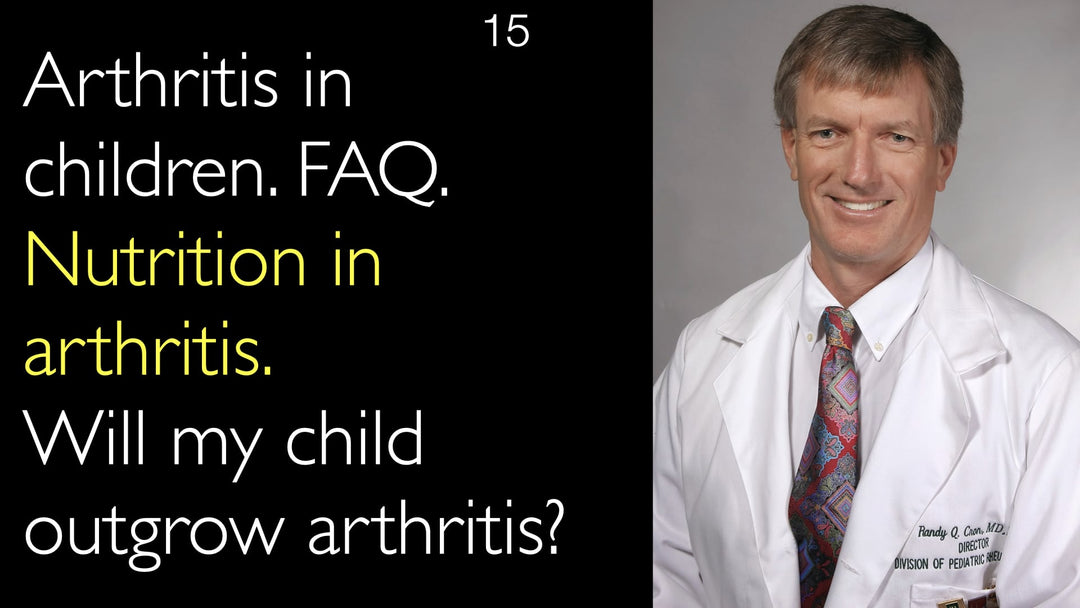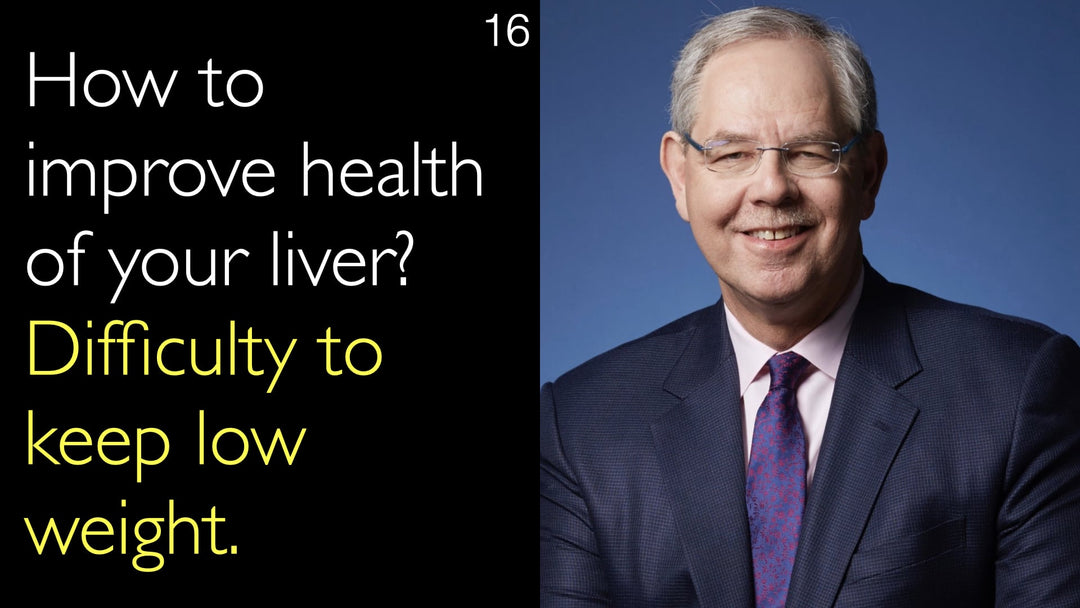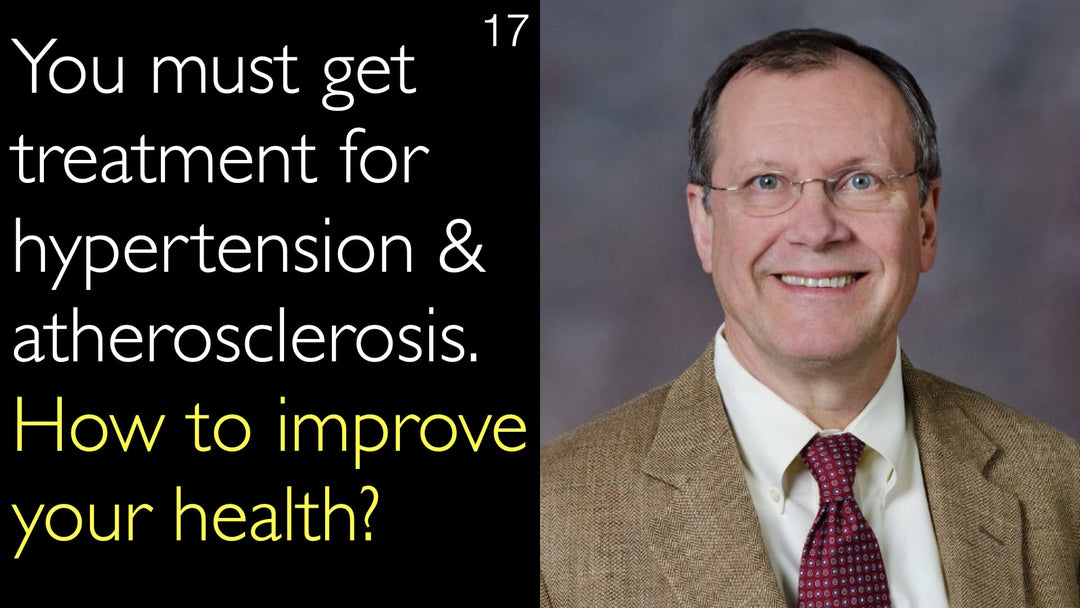Leading expert in pediatric endocrinology and nutrition, Dr. Robert Lustig, MD, explains how excessive sugar consumption directly damages the liver by overwhelming cellular mitochondria, forcing the creation of liver fat and driving insulin resistance, which leads to nonalcoholic fatty liver disease, type 2 diabetes in children, and other chronic metabolic conditions, with the metabolic pathway for sugar being identical to that of alcohol.
How Sugar Causes Fatty Liver Disease and Metabolic Damage
Jump To Section
- Sugar and Alcohol Cause Identical Liver Damage
- Mitochondria Overwhelmed by Excess Energy
- Chronic Diseases Driven by Sugar Consumption
- Liver Transplants in Teenage Soda Drinkers
- Sugar Metabolism Creates Oxidative Stress
- Full Transcript
Sugar and Alcohol Cause Identical Liver Damage
Dr. Robert Lustig, MD, states that sugar and alcohol are metabolized by the liver in the exact same way. This process is not regulated by insulin, which sets sugar apart from other carbohydrates. The resulting liver damage from chronic high sugar intake is pathologically indistinguishable from the damage caused by chronic alcohol consumption.
Dr. Anton Titov, MD, explores this critical comparison with Dr. Robert Lustig, MD. Dr. Robert Lustig, MD, emphasizes that the danger lies not in the calories sugar provides, but in its unique chemical properties as a hepatotoxin when consumed in excess.
Mitochondria Overwhelmed by Excess Energy
The primary mechanism of how sugar damages the liver involves the cellular mitochondria. Dr. Robert Lustig, MD, describes mitochondria as the energy-burning factories inside our cells. When flooded with the energy from excessive sugar, these mitochondria become completely overwhelmed.
With no other processing option available, the liver is forced to convert this surplus energy into fat, leading directly to fat accumulation within the liver itself. This foundational step is the start of a damaging metabolic cascade.
Chronic Diseases Driven by Sugar Consumption
The metabolic consequences of sugar-induced liver fat are severe and widespread. Dr. Robert Lustig, MD, directly links the modern epidemic of chronic disease to a massive increase in sugar consumption, which has risen from 2-3 teaspoons per day to a current average of 22 teaspoons of added sugar daily.
This high intake drives the pancreas to produce excess insulin, leading to insulin resistance. Dr. Lustig identifies this process as the driver for type 2 diabetes, hypertension, lipid problems, heart disease, cancer, and dementia, noting they are all defects in energy metabolism.
Liver Transplants in Teenage Soda Drinkers
Dr. Robert Lustig, MD, provides a stark real-world example of sugar's hepatotoxicity from his work at UCSF. He reports performing two liver transplants on teenage patients who were approximately four hundred pounds and heavy soda drinkers.
Dr. Anton Titov, MD, discusses the gravity of this finding. Their livers exhibited the classic damage and pathology of alcoholism, yet these patients had not consumed alcohol. This clinical evidence powerfully demonstrates that sugar alone can cause end-stage liver disease requiring transplantation in young people.
Sugar Metabolism Creates Oxidative Stress
Beyond fat production, the liver's metabolism of fructose, a component of sugar, generates harmful reactive oxygen species (ROS), such as hydrogen peroxide. Dr. Robert Lustig, MD, explains that this process creates significant oxidative stress that can damage liver cells.
This cellular damage can only be mitigated by antioxidants, like vitamin E, which are found in fruits and vegetables. Dr. Lustig concludes that the food industry's pervasive addition of sugar over the past 35 years has created a public health crisis that must be addressed.
Full Transcript
Dr. Anton Titov, MD: How does sugar damage the liver? Why do the effects of sugar on the liver parallel liver damage by alcohol? How does sugar overwhelm liver mitochondria?
Endocrinologist and prominent nutrition expert, Dr. Robert Lustig, MD, explains how sugar leads to fatty liver disease.
Dr. Robert Lustig, MD: Sugar and alcohol affect the liver in the same way. Excess sugar overwhelms mitochondria. Mitochondria cause the liver to increase fat storage. This is how sugar causes liver disease.
Sugar is just as addictive as alcohol. Doctors now understand how sugar damages the liver. Liver transplants are required in teenage soda drinkers.
Sugar vs. alcohol addiction: they are very similar in nature. Sugar causes fatty liver disease by causing accumulation of liver fat. Fructose causes liver disease and increases insulin production by the pancreas.
Sugar also causes type 2 diabetes by driving up insulin production.
Dr. Anton Titov, MD: Medical second opinion confirms that sugar craving diagnosis is correct and complete. Medical second opinion also confirms that sugar craving therapy is required.
Medical second opinion helps to choose the best treatment for sugar craving. Get medical second opinion on sugar craving and be confident that your treatment is the best.
Dr. Robert Lustig, MD: Flooding mitochondria with energy is how sugar damages the liver. Sugar vs. alcohol metabolism.
We used to consume somewhere between 2 and 3 teaspoons of added sugar per day. We now consume 22 teaspoons of added sugar per day. It is this increase that has driven high insulin.
This has driven the weight. This has driven all the chronic metabolic diseases that we know about.
Sugar drives diabetes, hypertension, lipid problems, heart disease, cancer, dementia. These are all defects in energy metabolism.
Mitochondria are the little energy burning factories inside our cells. They have become overwhelmed with excess energy. Mitochondria don't know what to do with the extra energy.
Mitochondria cause the development of liver fat. This causes the pancreas to make extra insulin. This causes all of the downstream metabolic diseases that we know about today.
Dr. Anton Titov, MD: I can prove it. Because, number one, we have children with type 2 diabetes. Type 2 diabetes is a disease that was never seen before in children.
Dr. Robert Lustig, MD: We have children with a disease called nonalcoholic fatty liver disease. You look at their liver; it looks just like they are alcoholics. Their liver has the exact same structure.
It has the exact same pathology as an alcoholic liver does. In fact, we have done two liver transplants here at UCSF in four hundred-pound soda drinkers. But they haven't been drinking alcohol.
What have they been drinking instead? Sugar. Because alcohol and sugar are metabolized identically.
Dr. Anton Titov, MD: Alcohol and sugar are metabolized in the same way?
Dr. Robert Lustig, MD: Yes, in the same way.
Dr. Anton Titov, MD: Known toxin, alcohol, and sugar are similar?
Dr. Robert Lustig, MD: That's leading. Alcohol is not dangerous because of its calories. Alcohol is dangerous because it's alcohol. Sugar is the same.
It's not dangerous because of its calories. It is dangerous because it is sugar. The body metabolizes sugar differently than any other carbohydrates.
Sugar is metabolized only in the liver. Its metabolism is not regulated by insulin. Sometimes your mitochondria are overwhelmed by sugar.
It has no choice but to turn it into liver fat. Also, the process of metabolizing sugar actually creates an oxidative stress.
Sugar metabolism creates reactive oxygen species. These are little hydrogen peroxides that actually damage cells, unless they are quenched by antioxidants.
Antioxidants are vitamin E or other things that you would get from fruits and vegetables. Bottom line is this: we are overdosed.
We are hurting ourselves, and the food industry is hurting us. Because of how they have changed the food over the past thirty-five years.
We have to fix it. How sugar damages the liver: sugar equals alcohol.
Alcohol and sugar are the same for the liver. Liver transplants in children soda drinkers.







